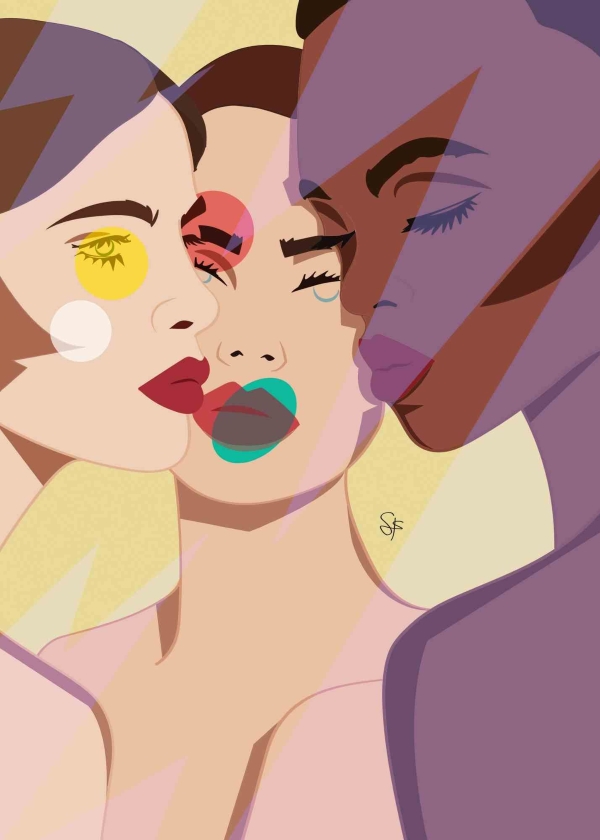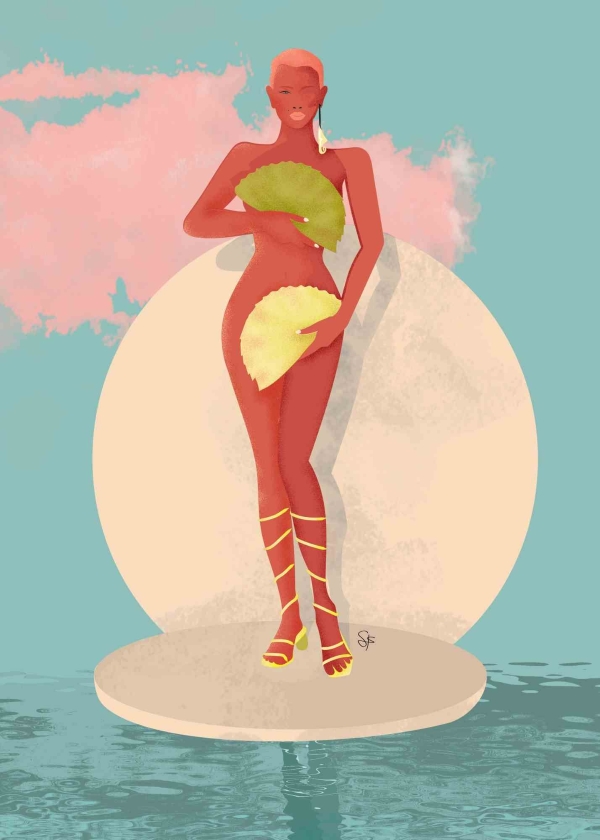
Digital Renaissance: Exploring the New Frontiers of Visual Art
The world of visual art has been greatly influenced by the digital revolution. With the advancement of technology and the rise of digital devices, artists around the world have been able to explore new mediums, techniques, and opportunities for self-expression.
Digital art has opened up new possibilities for experimentation and creativity. Artists can now easily manipulate and edit their work, allowing them to explore different styles, techniques, and concepts.
Exploring Endless Frontiers
Digital art transcends traditional mediums, pushing the boundaries of artistic expression to new frontiers. Artists harness the power of technology to create mesmerizing pieces that engage and challenge the viewer. From intricate digital paintings to immersive virtual reality installations, the possibilities are as limitless as the artist’s imagination.
One of the most remarkable aspects of digital art is its ability to defy conventional artistic constraints. The digital canvas empowers artists to experiment fearlessly, blending various techniques and mediums seamlessly. Through the use of cutting-edge software, artists can manipulate images, explore unconventional color palettes, and deconstruct traditional forms, leading to the birth of strikingly innovative visual narratives.
Digital Illustrations: Breathing Life into Imagination
Digital illustrations bring to life the intricate details of the mind’s eye. Using digital tools and software, artists have the freedom to create stunning visuals that blend realism, fantasy, and abstraction seamlessly. With the ability to manipulate colors, textures, and lighting, digital illustrators can produce intricate artworks that convey emotions, narratives, and concepts with remarkable precision.
The Advantages of Digital Medium
The digital medium offers several advantages for illustrators. The ability to work in layers provides flexibility, allowing artists to experiment and make changes effortlessly. Digital brushes and textures offer a vast array of options, enabling artists to achieve a wide range of styles, from realistic to painterly.
Digital art encompasses a multitude of techniques and styles. Some artists create meticulously detailed illustrations with intricate linework and rich textures, while others, like Sara Franzese, explore bold and minimalistic approaches with vibrant colors and geometric shapes. Digital painting, vector art, and mixed media techniques are often employed to achieve desired effects, showcasing the vast creative potential of the medium.
Digital Collages: A Fusion of Elements
Digital collages blend different visual elements, creating intriguing compositions that merge reality and imagination. By combining photographs, illustrations, textures, and typography, artists weave together narratives, evoke emotions, and challenge traditional notions of visual storytelling. The digital medium allows for precise blending and manipulation of various elements, resulting in seamless and visually compelling collages.
Exploring Narratives and Symbolism
Digital collages provide a unique platform for artists to explore narratives, symbolism, and social commentary. By juxtaposing seemingly unrelated elements, artists like Chiara Santoro create thought-provoking compositions that challenge the viewer’s perception and invite deeper interpretation. Each element in a digital collage carries its own meaning, contributing to a larger story or concept, making it an engaging medium for artists to express their ideas and connect with their audience.
The Intersection of Technology and Art
Digital illustrations and collages embody the intersection of technology and artistic expression. Technology serves as a tool, empowering artists to explore new possibilities, experiment with unconventional approaches, and transcend the limitations of traditional mediums. The digital realm offers a playground for boundless creativity, enabling artists to push the boundaries of their imagination and create visually stunning and conceptually rich artworks.
Conclusion
Overall, the digital revolution has significantly impacted the world of visual art. It has provided artists with new tools, opportunities, and platforms for self-expression. As technology continues to advance, it will be fascinating to see how visual art evolves and adapts to the digital era.











